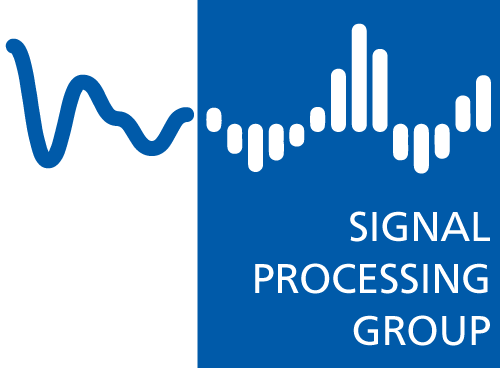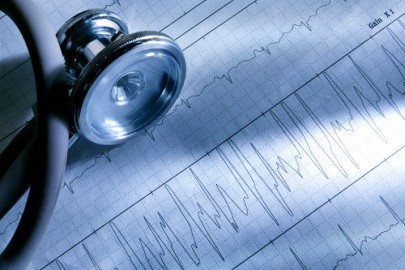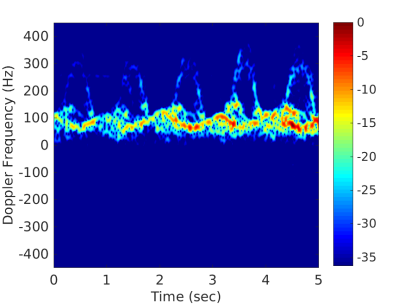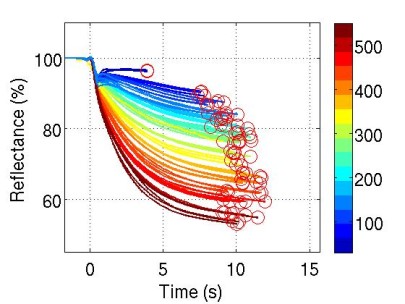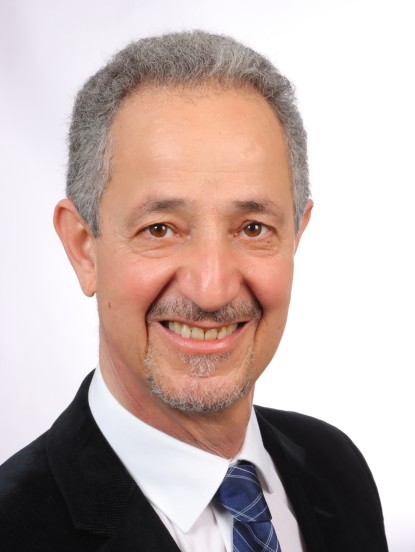Current technologies allow us to learn more about what is happening inside our bodies. Different modalities have been used in recent years to extract different information concerning our health: whether we measure the heart rate, blood pressure, blood glucose concentration, brain activity or use imaging modalities to get a better picture of our bones, eyes, muscles or nerves, we constantly generate information about our bodies that can help physicians diagnose certain diseases or aid at treating patients.
A biomedical signal can be any kind of signal that is measured from the human body, examples include: 1-D signals, when we measure vital signals, 2-D or 3-D images of the organs, or audio signals in hearing aids. Usually, the obtained biomedical measurements need to be analyzed in order for the clinician to be able to infer information from them. For example, in EEG signals, we commonly encounter motion artifacts that disrupt the signals and make it impossible to extract the necessary information. In Biomedical imaging, we often want to identify the different regions in an image using segmentation techniques and classify these to detect anomalies. Using methods of parameter estimation and models of the measurements, we can extract reliable information. Robust statistics play a big role in biomedical signal processing as real life data can often deviate from the model assumptions.
Many biomedical devices tend to be small or have to be affordable for the patient, which leads to very stringent conditions on power consumption and size of the devices. The challenge is often to design algorithms that comply with these constraints while showing high accuracy and reliability.
For more information on biomedical signal processing, see the sections below or contact the respective Research Associates.
Biolab
In our Biolab (Biological Experiment Laboratory), we have a selection of sensors to conduct measurements including electrocardiogram (ECG), photoplethysmogram (PPG), electrodermal activity (EDA), and respiration. For the simulation of activities, we provide a cross trainer and a treadmill. A project in cooperation with Roche Diagnostics GmbH, Mannheim, is on diabetes care; details can be found below.
See also SPG Lab for Body Worn Sensing of Physiological Parameters (opens in new tab) (Slides).

